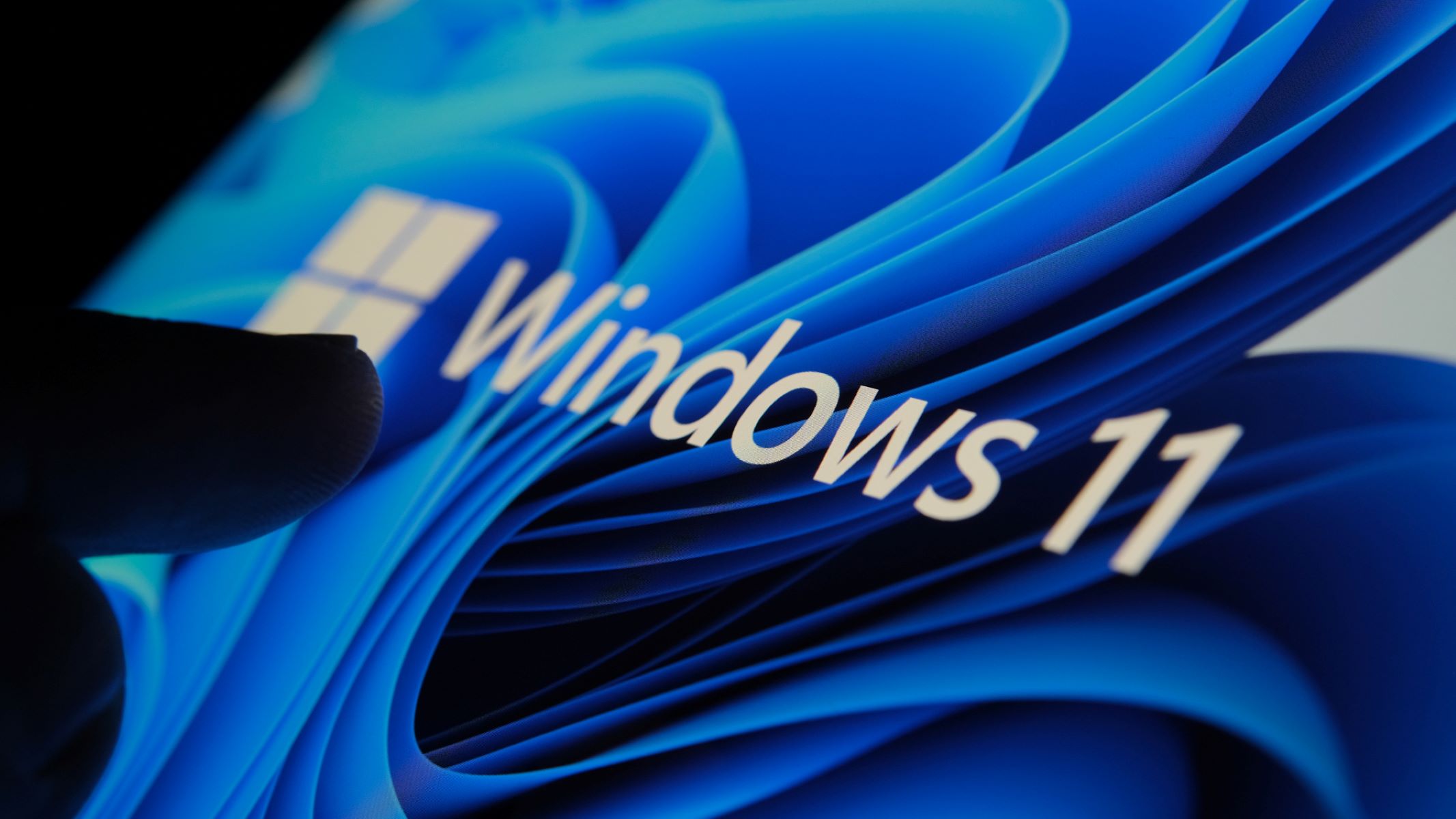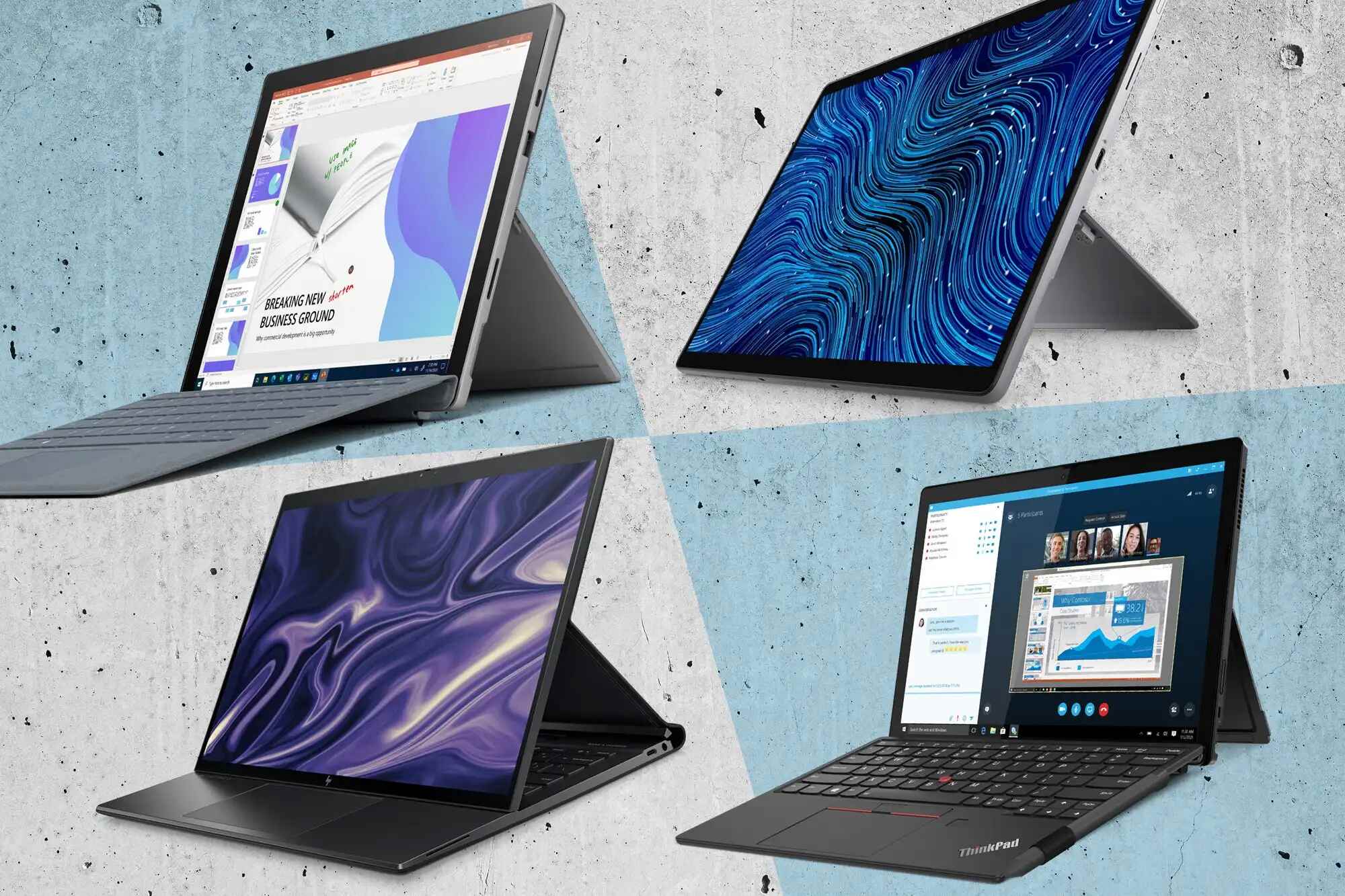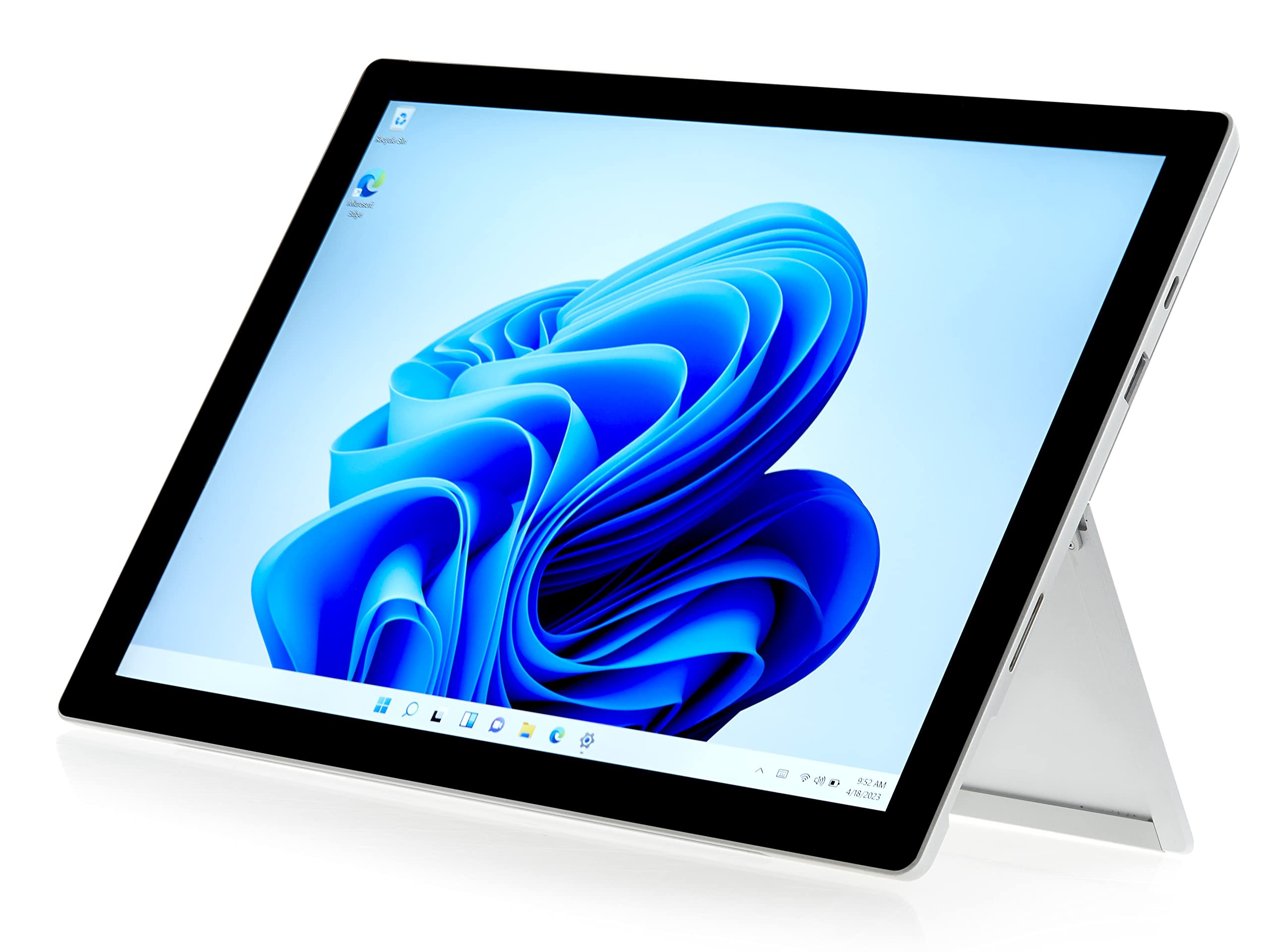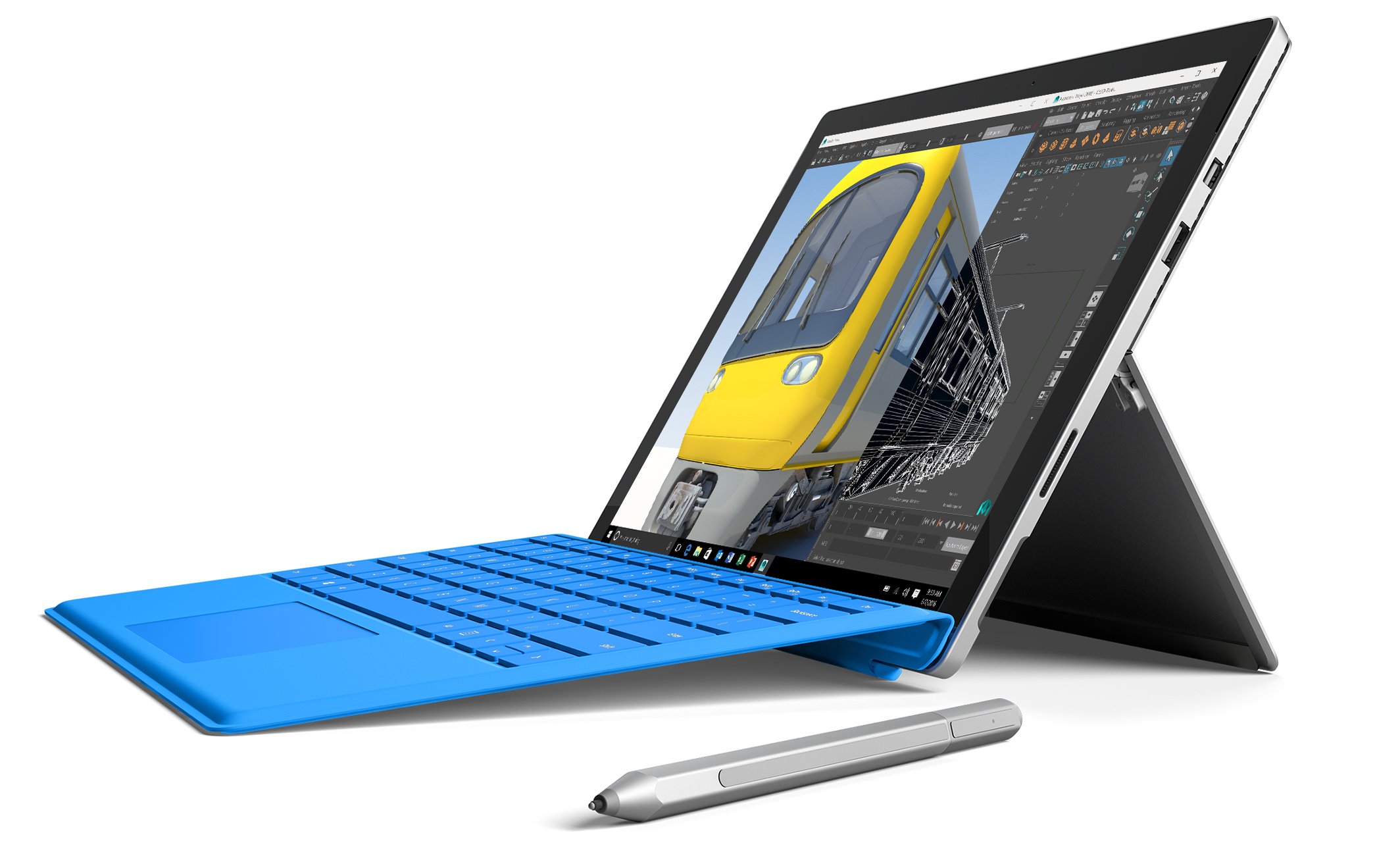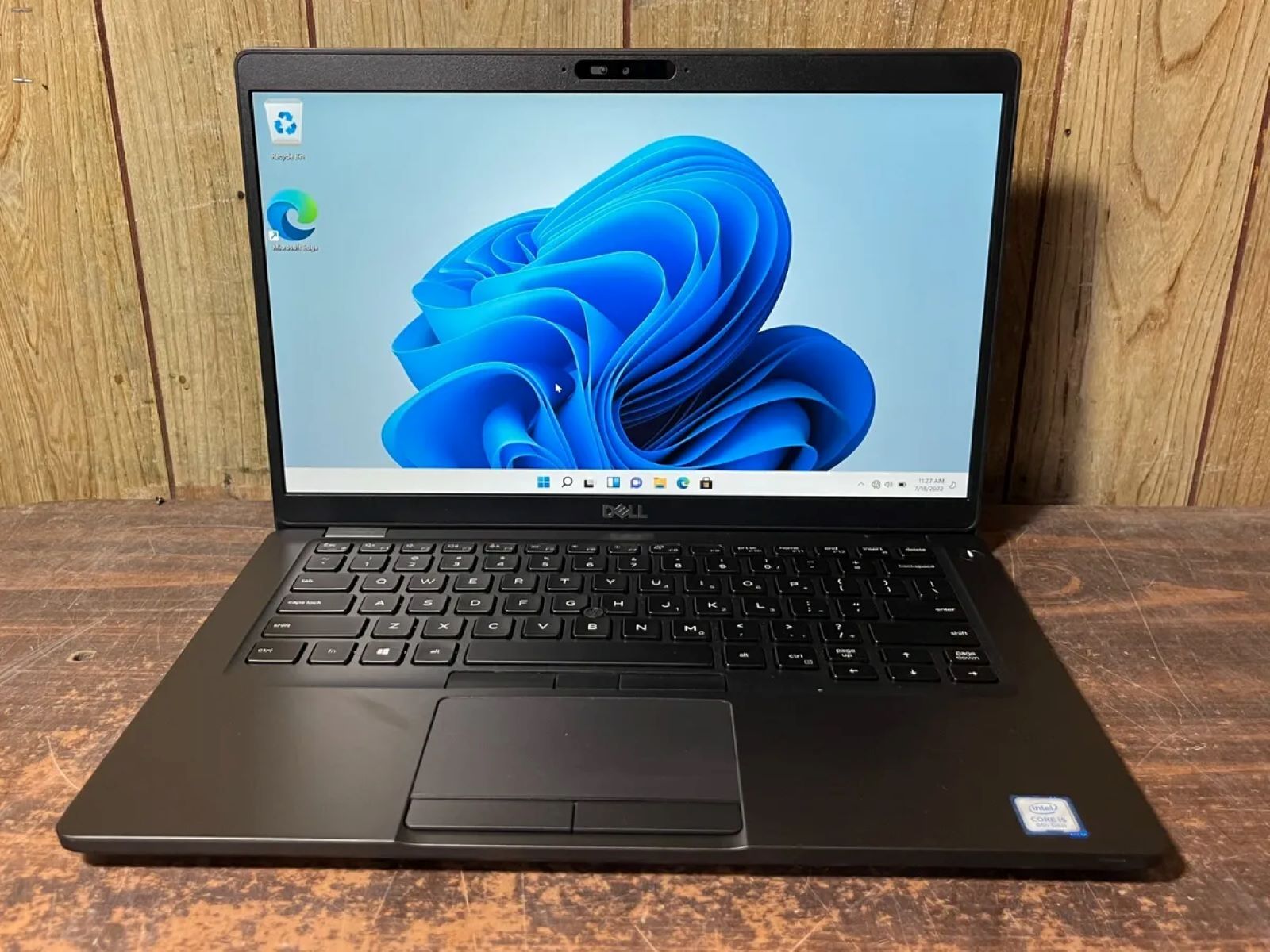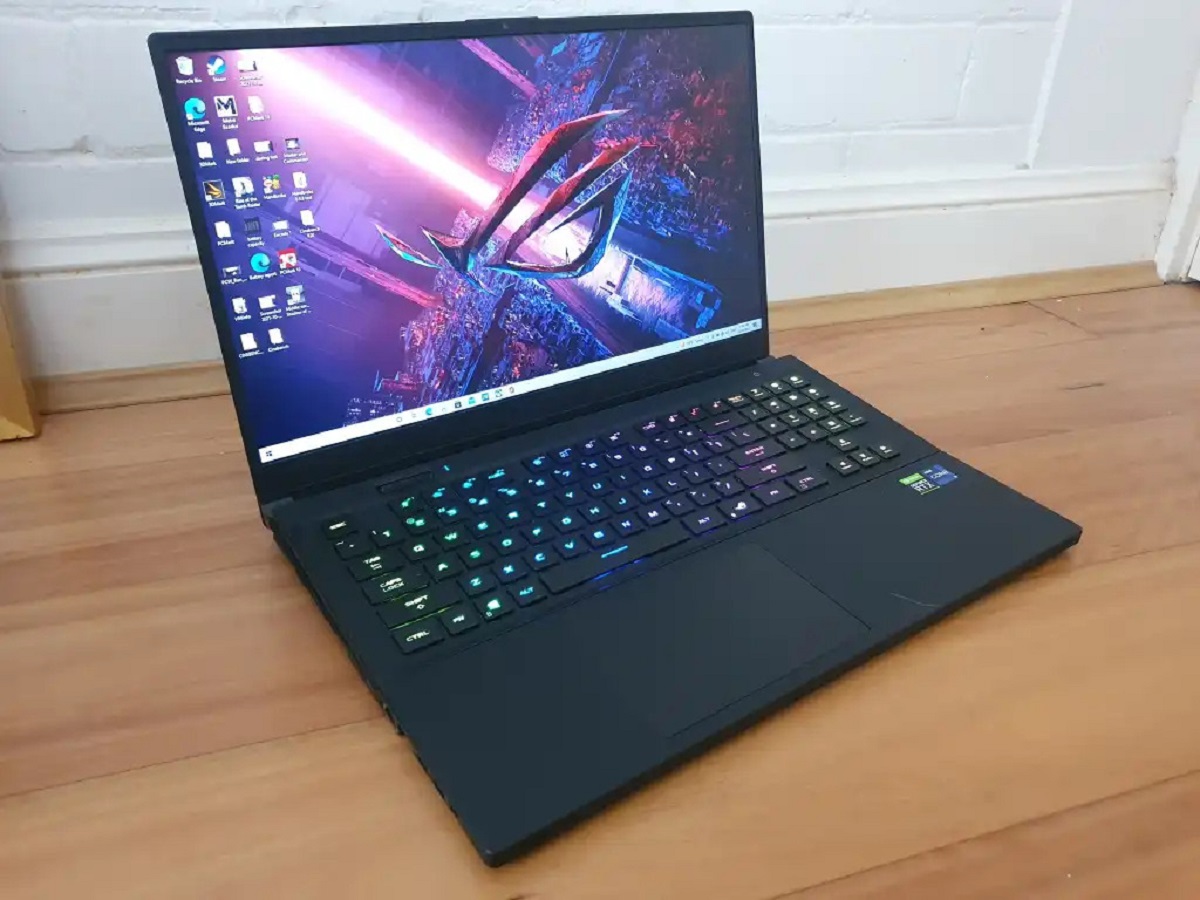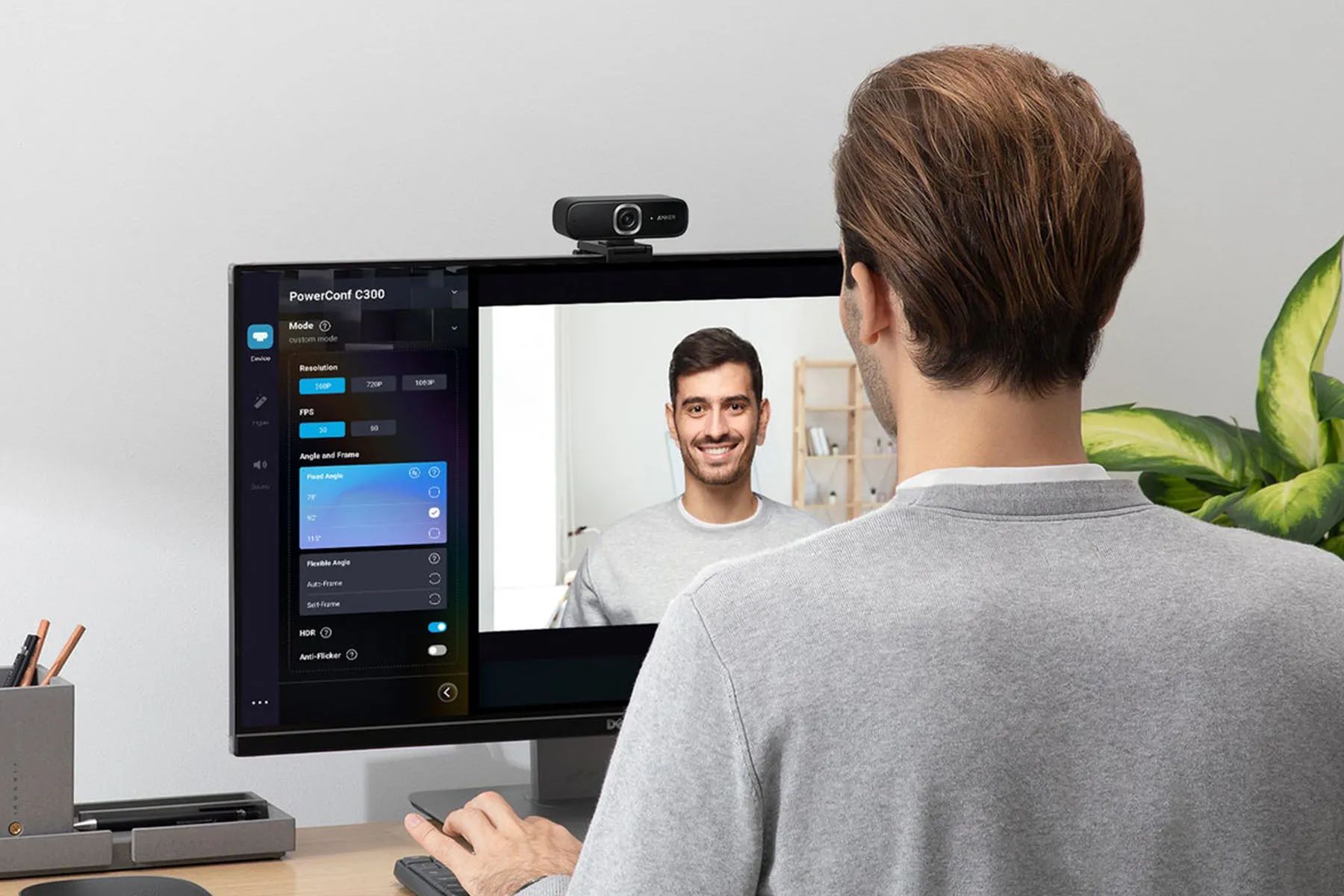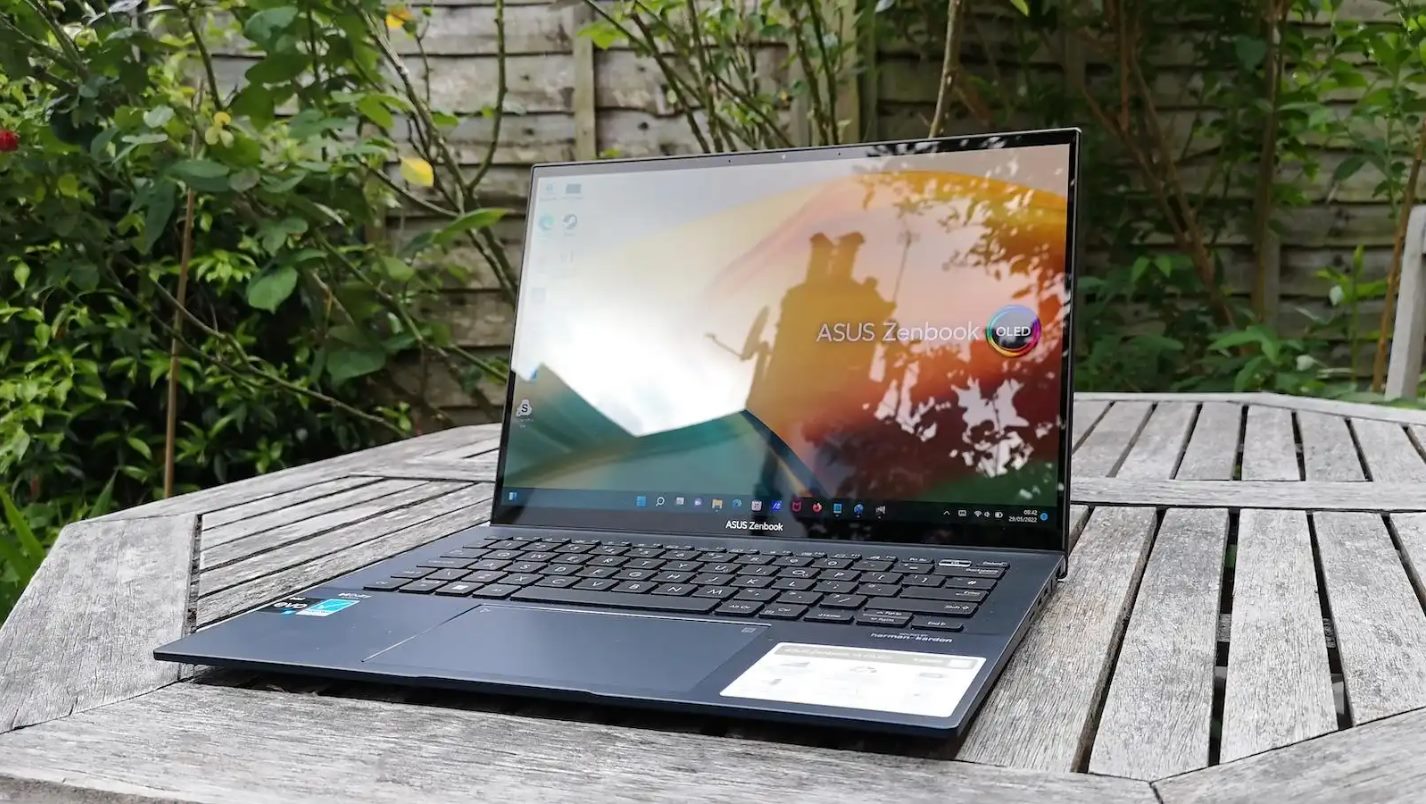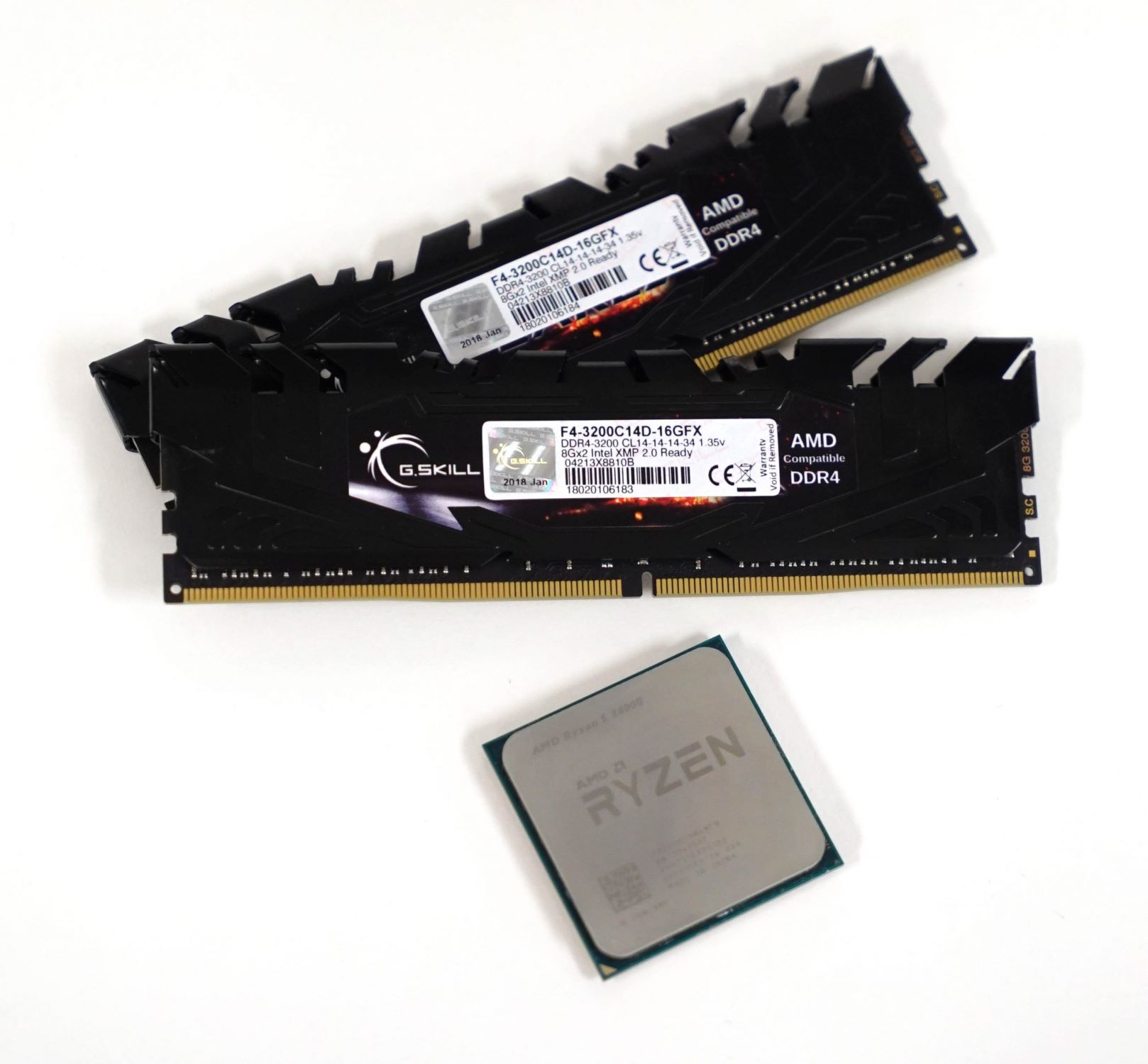Introduction
Welcome to the world of Windows 11, the highly anticipated operating system from Microsoft. With its sleek design, improved features, and enhanced performance, Windows 11 is set to revolutionize the way we interact with our devices. Whether you are a lifelong Windows user or just getting started, this article will provide you with all the information you need to know about the upcoming release of Windows 11.
Windows 11 builds upon the solid foundation of its predecessor, Windows 10, while introducing a fresh and modern interface. It brings a host of new features and improvements that aim to make your computing experience more seamless and enjoyable. From a redesigned Start menu to enhanced multitasking capabilities, Windows 11 is designed to optimize productivity and provide a more intuitive user experience.
One of the key highlights of Windows 11 is its emphasis on simplicity and aesthetics. The new centered Start menu and taskbar icons, along with the translucent windows and rounded corners, create a visually pleasing environment. This refreshed design is not just about aesthetics, but also about creating a more focused and distraction-free workspace.
Under the hood, Windows 11 introduces several performance enhancements to ensure smoother and faster operations. With improved power management and resource allocation, you can expect better battery life and overall system responsiveness. Microsoft has also made significant advancements in gaming with Windows 11, leveraging cutting-edge technologies to deliver an enhanced gaming experience.
Moreover, Windows 11 comes with advanced security features to protect your data and privacy. The integration of Microsoft Defender Antivirus and other security tools help safeguard your device from various threats. Additionally, Windows Hello, the biometric authentication system, offers a secure and convenient way to log in to your device.
The release of Windows 11 has generated a lot of excitement among Windows enthusiasts. It promises to deliver a more refined and modern operating system that caters to both personal and professional needs. Whether you use your device for work, entertainment, or creative endeavors, Windows 11 is poised to elevate your computing experience to new heights.
In the following sections, we will delve deeper into the system requirements for Windows 11, explore its features and improvements, discuss the release date, and provide valuable insights into upgrading to Windows 11. So, let’s dive in and discover what Windows 11 has in store for us.
System Requirements for Windows 11
Before you jump into the world of Windows 11, it’s essential to ensure that your device meets the necessary system requirements. Microsoft has raised the bar with Windows 11, introducing stricter hardware specifications to leverage the full potential of the new operating system.
To run Windows 11 smoothly, your device must have a compatible 64-bit processor with at least 1 GHz clock speed and two or more cores. Additionally, a minimum of 4 GB of RAM is required, although Microsoft recommends 8 GB or higher for optimal performance. Your device should also have at least 64 GB of storage to accommodate the operating system, apps, and personal files.
Windows 11 also requires a DirectX 12 compatible graphics card, or its integrated equivalent, with a WDDM 2.0 driver. This ensures that you can take advantage of the advanced graphics capabilities and enjoy a rich visual experience. It’s important to note that some features, such as Auto-HDR and DirectStorage, may require specific hardware configurations for full functionality.
Another significant requirement is a display with a resolution of at least 720p. Higher resolutions, such as 1080p or 4K, are recommended to fully appreciate the visual enhancements and make the most of the Windows 11 interface. Additionally, the display must support at least 8 bits per color channel and a minimum diagonal size of 9 inches for touch-enabled devices.
When it comes to system firmware, Windows 11 requires UEFI (Unified Extensible Firmware Interface) firmware with Secure Boot capability. This ensures a secure boot process and protects your device from unauthorized modifications that could compromise its integrity. TPM (Trusted Platform Module) version 2.0 is also a mandatory requirement, as it provides hardware-based security features.
Furthermore, Windows 11 requires an internet connection for certain features, such as Windows Update and Microsoft account authentication. While an internet connection is not necessary for basic functionality, it will enhance your overall experience and enable you to access the latest updates and features that Microsoft continuously provides.
It’s worth noting that not all devices that currently run Windows 10 will be able to upgrade to Windows 11. Microsoft has established a minimum hardware requirement to ensure a stable and optimized user experience. You can check your device’s eligibility by using the PC Health Check tool provided by Microsoft or reviewing the official documentation.
In summary, Windows 11 introduces stricter system requirements to provide a more advanced and feature-rich operating system. It’s crucial to ensure that your device meets these prerequisites to fully enjoy the benefits that Windows 11 has to offer.
Features and Improvements in Windows 11
Windows 11 brings an array of exciting features and improvements that enhance your productivity, creativity, and overall user experience. Let’s delve into some of the key highlights:
Redesigned Start menu and taskbar: Windows 11 introduces a centered Start menu, providing a clean and focused layout. The taskbar icons are also centered, giving a visually balanced look to the desktop.
New Snap layouts and Snap groups: Windows 11 revolutionizes multitasking with new snap layouts that allow you to organize and personalize your open windows easily. Snap groups enable you to switch between different sets of apps, ideal for multitasking on multiple projects.
Enhanced virtual desktops: Windows 11 allows you to customize your virtual desktops with different wallpapers and settings, enabling a more organized and personalized workspace.
Widgets for personalized information: Widgets make a comeback in Windows 11, providing live personalized information at a glance, such as weather updates, news, calendar, and more.
Redesigned Microsoft Store: The Microsoft Store has been redesigned with a new UI and improved performance, offering a curated selection of apps for download. Developers now have the freedom to use various technologies when publishing their apps.
Improved gaming experience: Windows 11 introduces advancements in gaming, including DirectStorage technology for faster game loading times and improved graphics with Auto-HDR. Xbox Game Pass integration allows easy access to a vast library of games.
Microsoft Teams integration: With built-in Microsoft Teams integration, Windows 11 makes it seamless to connect and communicate with your friends, family, and colleagues for chats, video calls, and collaboration.
Better touch and pen input: Windows 11 enhances touch and pen input, providing smoother and more responsive interactions. The virtual keyboard also receives improvements for increased accuracy and ease of use.
Updated Microsoft Edge browser: Windows 11 comes with an updated version of Microsoft Edge, offering better performance and new features to enhance your browsing experience.
These are just a few of the many features and improvements Windows 11 brings to the table. From its sleek design to enhanced productivity tools, Windows 11 aims to provide a modern and engaging computing environment for users.
With each iteration, Microsoft strives to refine and optimize its operating system, and Windows 11 reflects their commitment to delivering a superior user experience. Whether you use your device for work, school, or entertainment, Windows 11 offers a host of new features and improvements to enhance your daily tasks and enable you to unleash your creativity.
Release Date of Windows 11
After the official announcement, the release date of Windows 11 has become one of the most anticipated events for Windows users. While Microsoft has not provided an exact release date, they have stated that Windows 11 will be available to the general public sometime in late 2021.
Microsoft has already begun the process of rolling out Windows 11 to Windows Insiders, allowing a select group of users to test and provide feedback on the new operating system. This beta testing phase helps Microsoft identify and address any bugs or issues before the final release.
It’s important to note that the release date may vary depending on a variety of factors, including the feedback received during the beta testing phase and the readiness of the operating system for general availability. Microsoft’s goal is to ensure a stable and reliable experience for all users.
When the official release date is announced, users can expect to have multiple options for obtaining Windows 11. If you are already using a compatible version of Windows, such as Windows 10, you may receive a notification from the Windows Update service prompting you to upgrade to Windows 11. This is the most straightforward method and ensures a seamless transition.
For users who prefer a clean installation or who are using an older version of Windows that is not eligible for direct upgrade, Microsoft is expected to provide Windows 11 ISO files for download. These ISO files can be used to create a bootable USB drive or burned to a DVD for installation on compatible devices.
It’s worth noting that the rollout of Windows 11 will be staged, with newer and supported devices receiving the update first. This approach helps Microsoft ensure a smooth and controlled release, minimizing any potential issues or compatibility concerns.
If your device does not meet the minimum system requirements for Windows 11, you may not be able to upgrade directly. However, Microsoft has stated that they will continue to provide support and updates for Windows 10 until October 14, 2025. This gives users ample time to consider alternative options or upgrade their hardware to meet the requirements for Windows 11.
As the release date of Windows 11 draws closer, excitement continues to build among Windows users. The new features, enhancements, and sleek design of Windows 11 promise to deliver an elevated computing experience. Keep an eye out for official announcements from Microsoft regarding the release date, and get ready to embrace the future of Windows.
Upgrading to Windows 11
If you’re excited about the upcoming release of Windows 11, you may be wondering how to upgrade your current Windows operating system. Upgrading to Windows 11 will be a straightforward process for eligible devices that meet the necessary system requirements.
When Windows 11 becomes available, users with compatible Windows 10 devices will receive a notification through the Windows Update service. This notification will inform you that a new version of Windows is available and guide you through the upgrade process. Simply follow the on-screen instructions to initiate the upgrade.
Before upgrading, it’s crucial to ensure that your device meets the minimum system requirements for Windows 11. Use the PC Health Check tool provided by Microsoft to check your device’s eligibility. This tool will analyze your hardware and let you know if your device can run Windows 11 or if any hardware upgrades are required.
Once you have confirmed that your device is eligible, follow these steps to upgrade to Windows 11:
1. Connect to a stable internet connection: A reliable and high-speed internet connection is recommended for a smooth and successful upgrade.
2. Backup your data: Before proceeding with the upgrade, it’s essential to back up your important files and data. This ensures that you don’t lose any valuable information during the upgrade process.
3. Check for software compatibility: Review the compatibility of any third-party software or applications you use regularly. Visit the software manufacturer’s website to verify if their products are compatible with Windows 11 and if any updates or patches are required.
4. Start the upgrade process: When prompted, click on the notification from the Windows Update service and follow the on-screen instructions. Windows will guide you through the installation process, including any necessary updates and system configurations.
5. Review and personalize settings: Once the upgrade is complete, take some time to review and personalize the settings according to your preferences. This includes customizing the Start menu, taskbar, and other features to enhance your Windows 11 experience.
It’s important to note that while the upgrade process aims to preserve your files and applications, it’s always recommended to have a backup of your data just in case. In some rare cases, a clean installation might be required, and a backup ensures that you have a copy of your files to restore.
For users with devices that do not meet the system requirements for Windows 11, alternative options are available. You can continue using your current version of Windows, such as Windows 10, and receive support and updates until October 14, 2025. Alternatively, you may consider upgrading your hardware to meet the requirements for Windows 11.
Upgrading to Windows 11 opens up a world of new features, improvements, and a modernized interface. It’s an opportunity to leverage the advancements in technology and enhance your computing experience. Whether you use your device for work, studying, or entertainment, Windows 11 promises to deliver an optimized and intuitive operating system.
Alternative Options for Unsupported Devices
If your device does not meet the system requirements for Windows 11, there are alternative options available to ensure you can still enjoy a secure and up-to-date operating system.
1. Stay with your current version of Windows: If your device is running a stable and reliable version of Windows, such as Windows 10, you can choose to stay with it. Microsoft has announced that they will continue to provide support and updates for Windows 10 until October 14, 2025. This means you can still receive security patches and important updates to keep your device protected.
2. Upgrade your device’s hardware: If you’re determined to experience Windows 11, you can consider upgrading your device’s hardware to meet the system requirements. This may include upgrading your processor, adding more RAM, or increasing your storage capacity. By upgrading your hardware, you can ensure compatibility with Windows 11 and enjoy the new features and improvements it offers.
3. Explore alternative operating systems: If upgrading your hardware is not a feasible option, you can explore alternative operating systems that are compatible with your device. Linux distributions, such as Ubuntu or Fedora, provide a free and open-source option that offers a secure and customizable experience. Additionally, macOS is available for Apple devices, providing a different set of features and a seamless integration with other Apple products.
4. Virtualize Windows 11: Another option is to run Windows 11 in a virtual environment on your current device. Virtualization software, such as Oracle’s VirtualBox or VMware, allows you to create a virtual machine where you can install and run Windows 11. While this may require a more powerful device to ensure smooth performance, it provides a way to experience Windows 11 without the need for physical hardware compatibility.
5. Consider purchasing a new device: If none of the above options are suitable or feasible for your needs, you may consider investing in a new device that meets the system requirements for Windows 11. This ensures that you can take full advantage of the latest features, enhancements, and security updates offered by Windows 11. Be sure to check the specifications before making a purchase to ensure your new device is compatible.
It’s important to assess your needs, budget, and compatibility before deciding on the alternative option that works best for you. Each option has its own advantages and considerations, so take the time to research and evaluate which route aligns with your requirements.
Remember, even if your device does not meet the requirements for Windows 11, Microsoft will continue to support your current version of Windows for an extended period. This provides ample time for you to explore the alternatives and make an informed decision that suits your computing needs.
Conclusion
Windows 11 is set to bring a fresh and innovative experience to users around the world. With its sleek design, enhanced features, and improved performance, Windows 11 aims to optimize productivity, creativity, and overall user satisfaction.
In this article, we have explored the system requirements for Windows 11, ensuring that your device is capable of running the new operating system. We have also delved into the exciting features and improvements that Windows 11 brings, from the redesigned Start menu and taskbar to the enhanced gaming experience and improved touch input.
Furthermore, we have discussed the anticipated release date of Windows 11, highlighting the staged rollout and providing insights into the upgrade process. Whether you choose to upgrade your current device or explore alternative options, Microsoft has provided various pathways to ensure that you can stay connected and up-to-date with a secure operating system.
Windows 11 represents Microsoft’s commitment to delivering a refined and modern computing experience. It caters to the needs of individuals, professionals, and creative enthusiasts alike, offering advanced functionality coupled with a visually pleasing environment.
As the release of Windows 11 draws nearer, we encourage you to stay informed and prepared for the upgrade process. Review your device’s compatibility, keep an eye out for official announcements from Microsoft, and explore the alternative options available to you if your device does not meet the system requirements.
Whether you choose to embrace Windows 11 or continue using your current version of Windows, Microsoft remains committed to supporting its users and providing a secure computing environment.
Get ready to embark on a new journey with Windows 11 and discover the possibilities it holds for productivity, creativity, and seamless user experiences. The future of Windows is just around the corner, and Windows 11 promises to redefine the way we interact with our devices.







